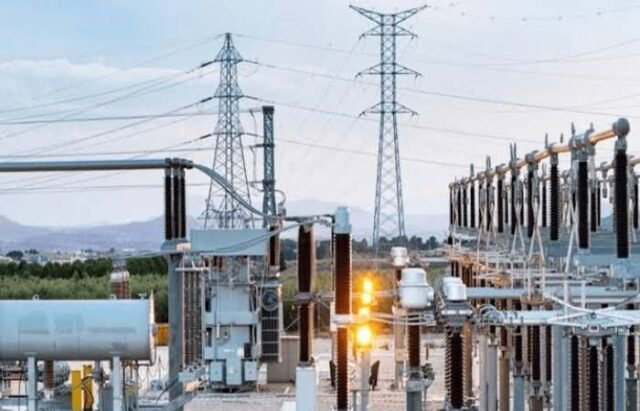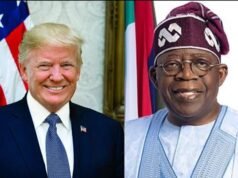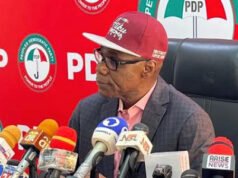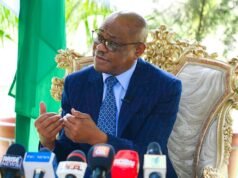Power Paradox: Is $2 Billion Enough, or Just Another Drop in Nigeria’s $20 Billion Power Pit?
Nigeria is once again looking abroad to solve its chronic power crisis, this time seeking a $2 billion loan from China’s Export-Import Bank to build a new “super grid.”
The announcement, made by Power Minister Adebayo Adelabu, comes amid years of frustrating underperformance by the country’s electricity sector. The proposed transmission infrastructure aims to link Nigeria’s industrial centers in the East and West, encouraging major commercial users—who fled the unreliable national grid—to finally return.
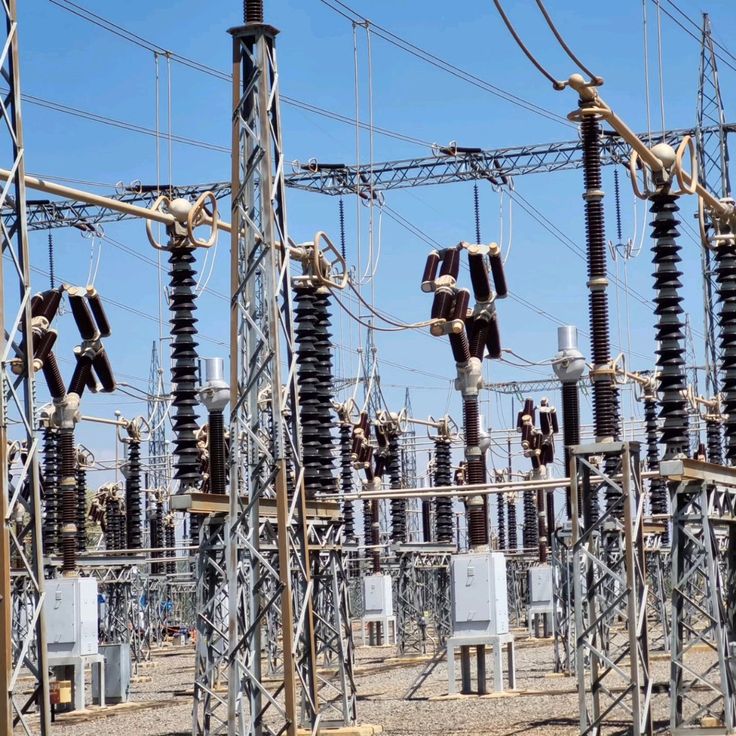
But while $2 billion sounds like a massive investment, it raises a crucial, and controversial, question: given the tens of billions already poured into the power sector over the past two decades, will this new loan be the definitive solution or just another expensive failure?
The Cost of Chronic Failure
Nigeria’s power challenge is one of the most frustrating paradoxes in its economy. Despite having an installed generation capacity of about 13 gigawatts (GW), the central grid typically delivers only about a third of that to its 200 million citizens.
The true cost of this unreliability goes far beyond grid collapse headlines. It is estimated that nearly half of all electricity consumed nationwide is self-generated—meaning businesses and households spend fortunes on diesel and gasoline generators. This massive hidden operational cost acts as a major constraint on economic productivity and industrial growth.
Over the years, successive governments have committed staggering amounts to overhaul the sector, which many analysts estimate to be well over $20 billion since the early 2000s, including investments in the privatization process, legacy gas infrastructure projects, and transmission upgrades. Yet, the grid remains fragile, suffering multiple partial and total collapses every year. The latest blackouts occurred in both March and early September of 2024.
The Super Grid Promise and Decentralization
Minister Adelabu is betting that this $2 billion Chinese loan will finally improve transmission efficiency and address the bottlenecks that prevent power from reaching industrial zones. The project is a core part of President Bola Tinubu’s broader economic reform agenda.

Crucially, the new infrastructure is designed to facilitate the decentralization of power generation—a necessary step to encourage industrial users to return. As the Minister noted, the government is hoping this will incentivize the heavy commercial users that left the national grid due to its unreliability to reconnect, significantly boosting demand and industry revenue.
Adelabu highlighted a glimmer of success from recent policy changes, revealing that recent tariff adjustments for urban consumers have already improved industry revenues by in 2024. He projects a further rise of to N2.4 trillion ($1.6 billion) this year.
This revenue improvement is essential, as the financial instability of the power sector has always been a key barrier to long-term investment. If the government can secure and effectively utilize the $2 billion loan to fix the transmission weak link and maintain a financially viable sector, it could finally break the cycle of expensive failure.
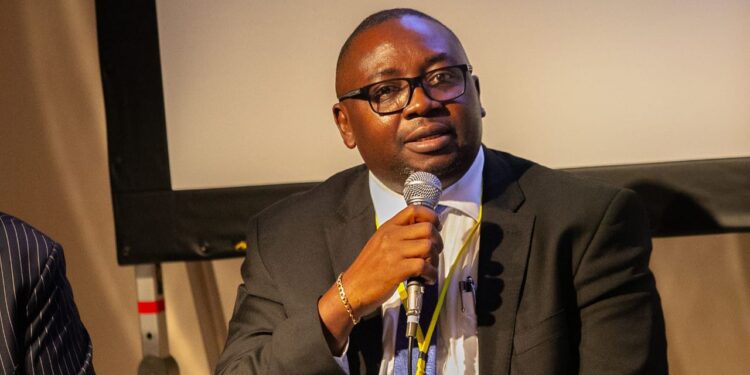
However, the question remains whether the new funds will address the institutional and technical issues that have plagued every past power reform effort, or simply add another line to Nigeria’s long and expensive ledger of unfulfilled power dreams.
Join Our Social Media Channels:
WhatsApp: NaijaEyes
Facebook: NaijaEyes
Twitter: NaijaEyes
Instagram: NaijaEyes
TikTok: NaijaEyes


